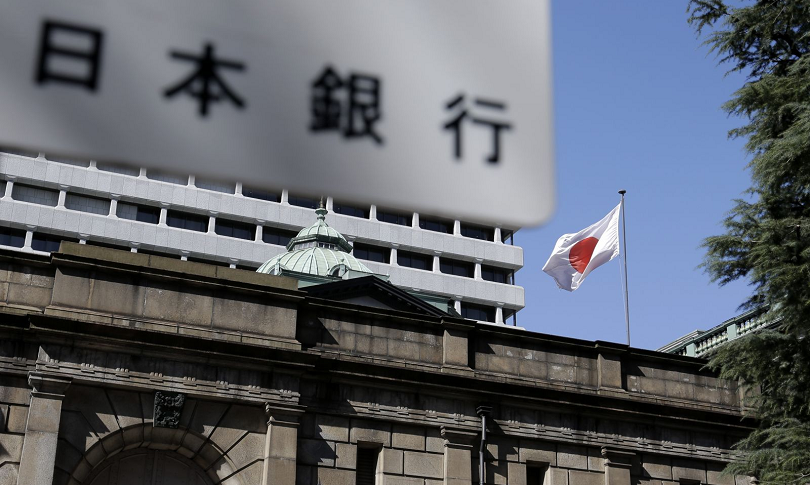January 23, 2019 – The Bank of Japan today cut its inflation forecasts for the three years through March 2021, putting its elusive target of 2 percent price gains farther from reach.
As widely expected, the central bank’s Policy Board also decided after a two-day meeting to keep interest rates at their current ultralow levels as risks including trade friction between the United States and China cast a pall over growth in the global economy.
Inflation during fiscal 2018 ending March is expected to be 0.8 percent, down from 0.9 percent predicted in October amid a decline in global oil prices, the board said in its quarterly economic outlook report.
Prices are expected to rise 0.9 percent in fiscal 2019, a significant downgrade from the earlier forecast of 1.4 percent. In fiscal 2020, prices will rise 1.4 percent, down from 1.5 percent, it said.
Governor Haruhiko Kuroda told a post-meeting press conference that despite the dip in inflation, momentum toward the 2 percent target remains intact.
“It’s true that we believe it will take some time to achieve 2 percent. The BOJ will persistently continue its current accommodative policy,” he said.
The delay in reaching the target, which the central bank has been pursuing since 2013, puts the BOJ in an exceedingly difficult position.
It could put pressure on its policymakers to roll out additional easing measures, even as the protraction of current stimulus draws criticism for side effects such as hurting the profits of commercial banks.
Kuroda said he is closely watching this year’s labor negotiations expected to start next month for signs that wages will begin rising in line with a tightening job market, an outcome that would give businesses the confidence to hike product prices.
“Wage gains are still somewhat tepid compared to the improvement in the real economy, corporate profits and the labor market. We’ll see how that changes.”
The central bank also lowered its forecast for Japan’s economic growth in fiscal 2018 to 0.9 percent from 1.4 percent. For the following two years, it slightly lifted its forecasts to 0.9 percent and 1.0 percent growth, respectively.
The board’s first meeting of the year came days after the International Monetary Fund downgraded its forecast for global economic growth this year.
Kuroda acknowledged that the world economy is facing increased downside risks including the U.S.-China tariff war and Britain’s troubled attempt to exit from the European Union.
“If the trade tensions continue, there will be severe consequences,” he said.
The board voted 7-2 to continue applying a short-term policy rate of minus 0.1 percent and to keep long-term yields near zero percent, with board members Goshi Kataoka and Yutaka Harada dissenting.
It also retained a pledge to keep rates low “for an extended period of time” ahead of a hike in the consumption tax in October, which it is feared will trigger a fall in domestic demand, and made no changes to its purchases of risky assets such as exchange-traded funds.

